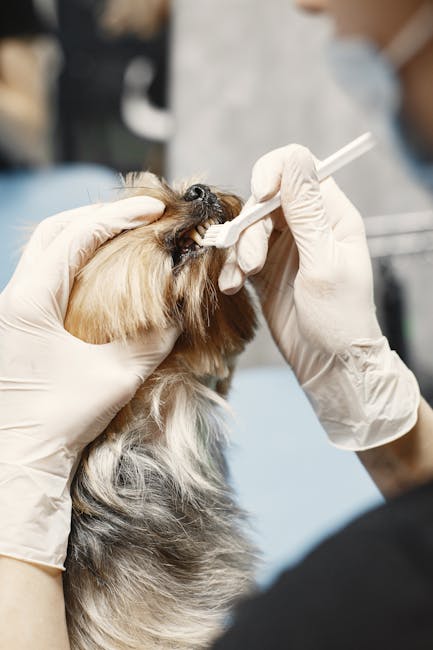 Medical Workplace Cleansing: Vital Practices for a Safe Atmosphere
Medical Workplace Cleansing: Vital Practices for a Safe Atmosphere
In the world of medical care, cleanliness is not just a concern; it is a basic need. Clinical workplace cleaning plays a critical role in ensuring that medical care facilities provide a safe and sterile atmosphere for both people and doctor. With the enhancing focus on infection control and prevention, recognizing the best practices for cleansing clinical offices is critical. This article looks into the significance of clinical workplace cleaning, highlights effective cleansing techniques, and uses pointers for maintaining an excellent health care setting.
The very first step in reliable medical office cleaning is identifying the high standards that must be supported. Clinical centers are reproducing premises for pathogens, making regular and detailed cleaning definitely crucial. The Centers for Disease Control and Prevention (CDC) guidelines outline specific cleaning and sanitation protocols for different areas of a clinical workplace, including waiting areas, treatment areas, and restrooms. By adhering to these standards, healthcare facilities can lessen the danger of infections and cross-contamination amongst patients and team.
Among the most essential aspects of clinical office cleaning is making use of ideal cleaning agents. It is important to select EPA-approved anti-bacterials efficient versus a wide spectrum of microorganisms, including germs and infections. High-touch surface areas like doorknobs, light buttons, and waiting location furniture must be often decontaminated throughout the day to make sure optimum security. In addition, purchasing devices such as UV-C light sanitizers can offer an extra layer of security by decontaminating surfaces that may be missed throughout regular cleaning.
Training team on appropriate cleansing techniques is similarly essential. All employees associated with cleansing should be educated about infection control methods, including the appropriate use personal protective tools (PPE), such as gloves and masks. Routine training sessions can ensure that team stays upgraded with the most recent procedures and practices, promoting a culture of safety within the medical workplace. Establishing a cleaning routine that consists of daily, weekly, and month-to-month jobs can also advertise uniformity and responsibility among cleansing personnel.
Maintaining a clean clinical workplace includes not just normal cleansing however likewise ongoing assessments and renovations. It is valuable to carry out routine examinations to identify areas that might call for even more attention and to solicit feedback from staff and people about cleanliness. By executing a continual enhancement technique, medical workplaces can adjust to new challenges and ensure that their cleaning processes fulfill the greatest requirements. Finally, a thorough medical office cleaning program is important for the safety and security and well-being of all individuals within the health care setting. By adhering to developed guidelines, using correct cleaner, training staff, and dedicating to continuous assessments, clinical workplaces can create a tidy, risk-free, and inviting environment for everyone.